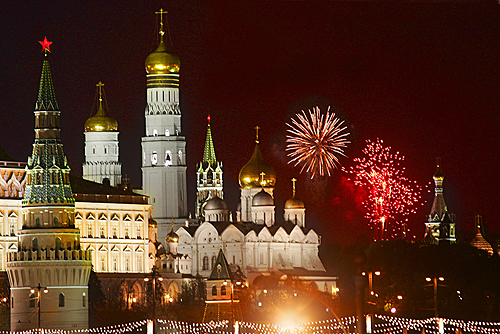Facts About Victory Day
Victory Day is a significant holiday commemorating the end of World War II in Europe, particularly the surrender of Nazi Germany in 1945. It was first celebrated in the Soviet Union on May 9, 1945, following the signing of the German Instrument of Surrender. By 1965, it had become a public holiday in various Soviet republics, allowing people to fully honor the occasion.
In East Germany, the day was known as Liberation Day and was celebrated from 1950 to 1966, and again in 1985. Since 1991, Victory Day has been officially recognized in Russia and remains a public holiday, even if it falls on a weekend. In contrast, most European countries observe Victory in Europe Day on May 8, marking the same historical event.
The surrender of Nazi Germany was formalized twice: first in Reims on May 7, 1945, and then in Berlin on May 8-9, 1945. This surrender signified the complete disarmament of German military forces. Victory Day celebrations typically include ceremonial meetings, speeches, lectures, receptions, and fireworks. In Russia, these celebrations have grown in prominence, particularly under President Vladimir Putin's administration.
Many countries in Europe and Asia also celebrate Victory Day on May 9, acknowledging the immense sacrifices made during World War II. Traditions include parades, the "Immortal Regiment" civil event, gatherings at war memorials, and religious services. Symbols such as the Banner of Victory, Saint George's Ribbon, and various military awards are closely associated with the day.
